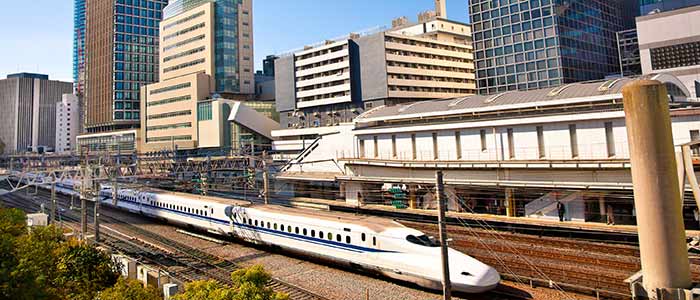The region’s most vulnerable nations – its least developed countries, landlocked developing nations and small island states – face substantial infrastructure deficits in areas like transport, energy, water and sanitation, and ICT.
Shamshad Akhtar, executive secretary of the UN’s Economic and Social Commission for Asia and the Pacific (UNESCAP), said among a “plethora of development challenges”, the effects of this infrastructure deficit on the countries’ productive capacity and connectivity “stands out”.
A report published today by UNESCAP found that a 1% increase in infrastructure across the four areas of transport, energy, water and sanitation, and ICT would equate to a 1.19% increase in GDP across the 36 countries identified as having “special needs”.
If brought in line with infrastructure in other developing countries in the region, the combined national income of the group could rise by up to 6% by 2030. This would amount to $35.5bn in a country like Bangladesh, and $26.6bn in Kazakhstan.
It would also mark a boost to job creation, the promotion of social development through improved access to public services, and enhanced environmental sustainability if projects were low-carbon, resource-efficient and climate-resilient.
However, achieving this would require annual average investments in the group of countries equal to around 10.5% of their GDP, compared to the 4-7.5% being spent currently.
This far exceeds the domestic resources this group of countries is able to leverage. Nevertheless, UNESCAP said mobilising domestic public finance is a “critical element” in building infrastructure investment.
This includes improving tax administration, expanding the tax base and tapping other streams of revenue such as user charges and funds from the sale of commodities. Akhtar noted that increased aid from the international community will also be “paramount”.
Ensuring these public funds are spent as efficiently as possible will be key to making the most of limited resources, UNESCAP continued, while governments should also look to leverage international or regional capital markets and the private sector.
Akhtar said this will require “significant public policy intervention” owing to factors like high up-front capital costs, long gestation periods and a clear sensitivity to risks in such nations.
“Concerted efforts of all the stakeholders – public, private and international –are crucial to bringing about the necessary positive change,” she added.
Asian Development Bank president Takehiko Nakao also highlighted the importance of infrastructure investment for the whole region in a speech over the weekend.
Asia-Pacific as a whole requires as much as $1.7tn per year in infrastructure investments until 2030, according to the bank’s estimates. UNESCAP’s infrastructure index measurement puts the vulnerable countries it identified at a third lower than the score of their developing neighbours, and less than half that of developed countries in the region.
Nakao said infrastructure will remain the bank’s number one priority as the region works to lift 330 million people out of absolute poverty, achieve development goals and face the new challenges of urbanisation, ageing populations and widening inequalities.
“While the region has done remarkably well, we cannot be complacent,” he said.














